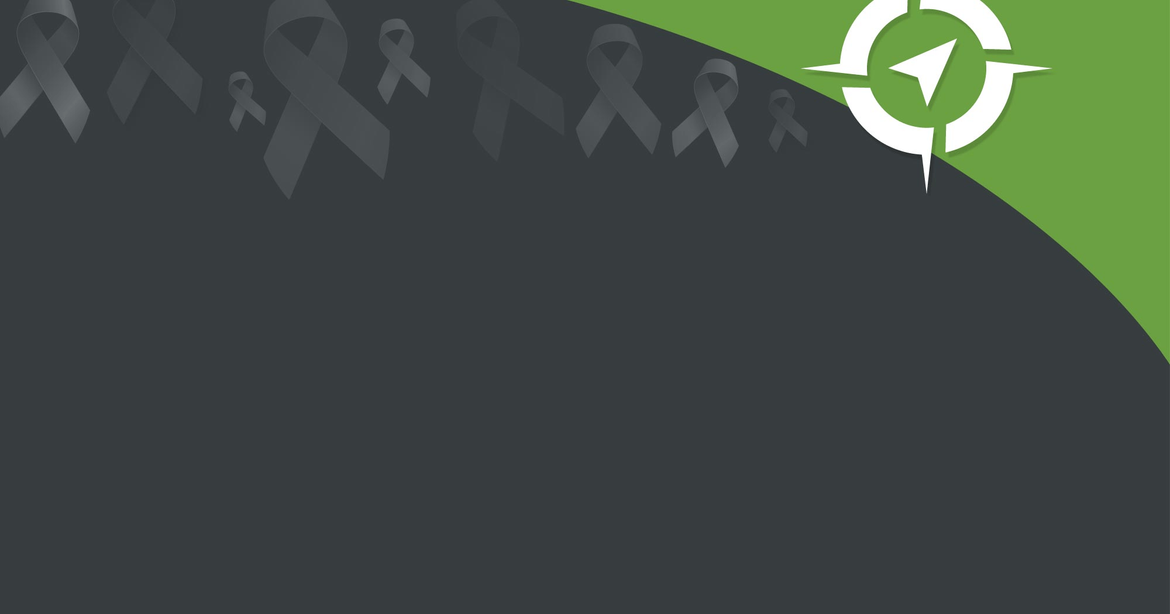Top diet, exercise recommendations for cancer survivors to stay healthy
Click Here to Manage Email Alerts
In my own practice, patients frequently ask what they can do to stay healthy and keep their disease from returning following completion of therapy.
Recommendations for cancer survivors from NCI, the American Cancer Society (ACS) and ASCO are comparable for those individuals without a cancer diagnosis but who seek to live a healthy lifestyle.

The following is a list of recommendations for post-treatment cancer survivors from Elaine Siu, MS, RD, CNSC, a clinical dietician at City of Hope:
- maintain a lean weight/healthy BMI;
- adjust food portions;
- be physically active for at least 30 minutes daily;
- limit sugar intake;
- increase dietary fiber by eating vegetables, fruits, grains and legumes;
- limit red meat and avoid processed meats;
- limit alcohol and avoid tobacco products;
- limit daily sodium intake to 2,300 mg; and
- do not rely on supplements for a healthy diet.
Exercise
Cancer survivors who exercise regularly experience an increased sense of well-being and find that their recovery time is shortened.

Possible benefits of regular exercise include increased strength and endurance, decreased anxiety/depression, less fatigue, improved mood and self-esteem and better sleep, among others. Early research indicates that exercise reduces the risk for a cancer recurrence and reduces the overall risk for dying of cancer.
According to the ACS, adult cancer survivors should exercise for a total of 150 minutes per week, and they should include strength training at least 2 days a week. The daily exercise goal of 30 minutes does not necessarily need to be consecutive; that is, three 10-minute sessions offer the same health benefit as one 30-minute session, for example.
Because each patient’s situation is unique, patients should discuss with their provider which types of exercise are best and safest to achieve their health goals; persistent anemia and impaired immunity can impact a patient’s performance and lead to injury or other complications. If not currently active, cancer survivors should initiate low-intensity activities and gradually increase activity. Short walks — even inside the home — can safely increase a patient’s strength and endurance. Survivors should exercise when energy levels are highest, which might vary from day to day.
Diet
While undergoing cancer treatment, patients should be encouraged to consume enough food to maintain their current weight because large fluctuations in body weight could change their chemotherapy doses, thus possibly affecting their toleration of chemotherapy. Conversely, in the post-treatment setting, ideal nutrition depends more on the quality of calories consumed rather than the quantity.
Because cancer survivors might be at increased risk for developing a new primary cancer diagnosis, they should consume a diet rich in antioxidants. Antioxidant supplements do not have the same anticancer properties that are found in antioxidant-rich foods.
Although there is evidence that excess saturated fat might increase cancer risk, the relationship between dietary fat (of all types) and cancer is still being researched. Because a high-fat diet laden with surplus calories can lead to obesity, and obesity is a definite risk factor for cancer, survivors should enjoy a low-to-moderate fat diet. Similarly, there is no direct correlation between a high-sugar diet and increased cancer risk, but the weight gain associated with such a diet could certainly place a cancer survivor at greater risk.
Fiber-rich foods including beans, vegetables, whole grains, nuts and fruit offer possible anticancer nutrients, as well as reducing serum cholesterol and improving bowel function. Fresh and frozen fruits and vegetables are preferred. The ACS recommends eating more fish and chicken than red meat, pork and processed meats, and limiting consumption of fried foods.
Although it is widely accepted that foods labeled “organic” are preferred due to reduced chemical exposure, there is currently no evidence that organic foods offer any anticancer benefits. Current evidence regarding soy-based food is mixed but does not show any increased risk for breast cancer survivors.
Individualized plans
The above-mentioned recommendations are a summary of current guidelines for post-treatment cancer survivors. Individualized plans for diet and exercise should be attainable, realistic and tailored to each patient by their health care team.
References:
- 8 steps to starting exercise after cancer treatment. www.cancer.net/blog/2016-09/8-steps-starting-exercise-after-cancer-treatment. Published Sept. 29, 2016. Accessed Jan. 11, 2022.
- 10 healthy food tips for life after cancer. www.cityofhope.org/living-well/10-healthy-food-tips-for-life-after-cancer-treatment. Published Jan. 3, 2018. Accessed Jan. 11, 2022.
- Nutrition and physical activity during and after cancer treatment: Answers to common questions. www.cancer.org/treatment/survivorship-during-and-after-treatment/be-healthy-after-treatment/nutrition-and-physical-activity-during-and-after-cancer-treatment.html. Published June 9, 2020. Accessed Jan. 11, 2022.
- Cancer survivors: Care for your body after treatment. www.mayoclinic.org/diseases-conditions/cancer/in-depth/cancer-survivor/art-20044015. Published Oct. 13, 2020. Accessed Jan. 11, 2022.
For more information:
- David L. Jennings II, MSN, RN, AGPCNP-BC, is a nurse practitioner at Atrium Health Levine Cancer Institute. He is also a HemOnc Today Editorial Board Member. He can be reached at david.jennings@atriumhealth.org.

